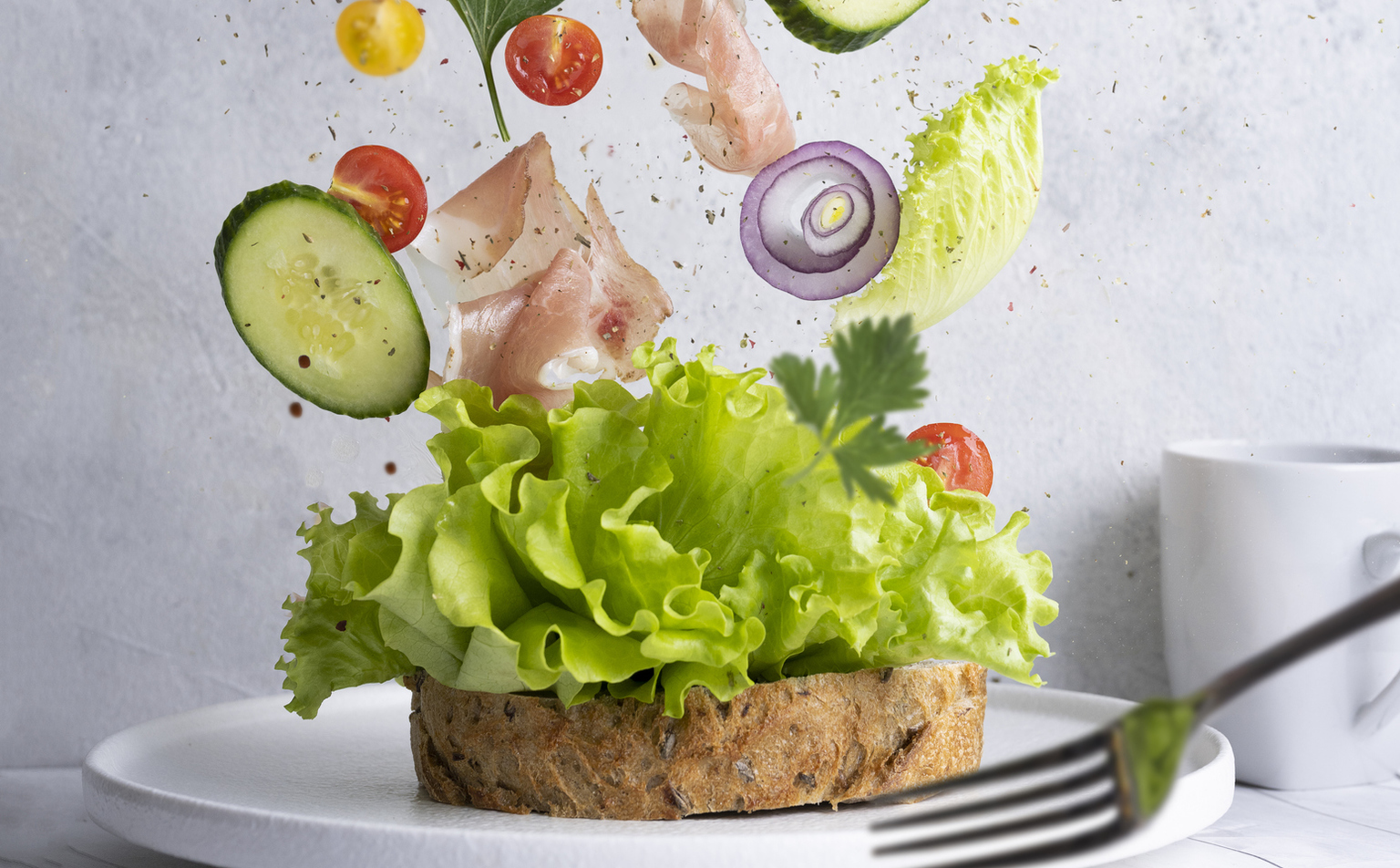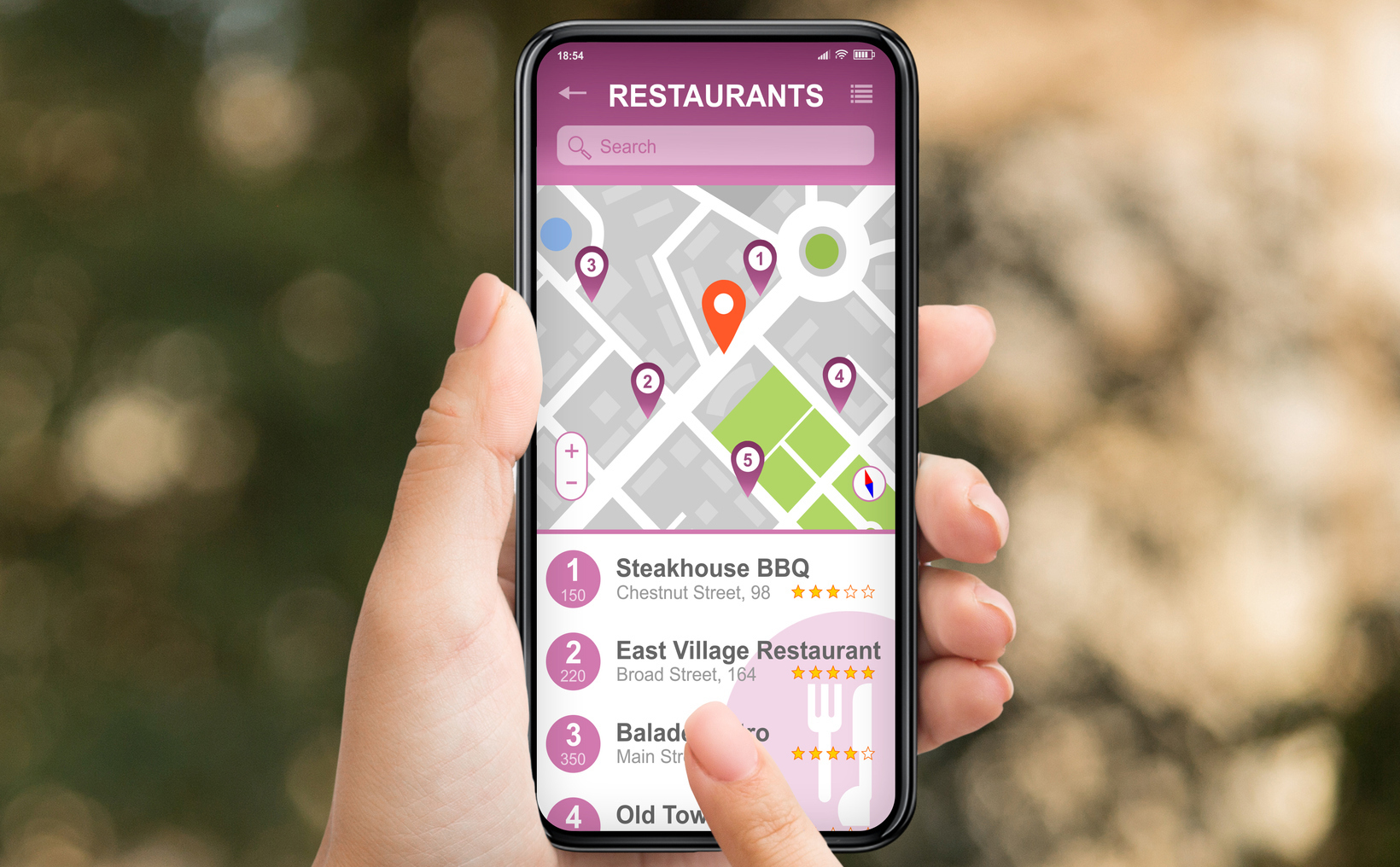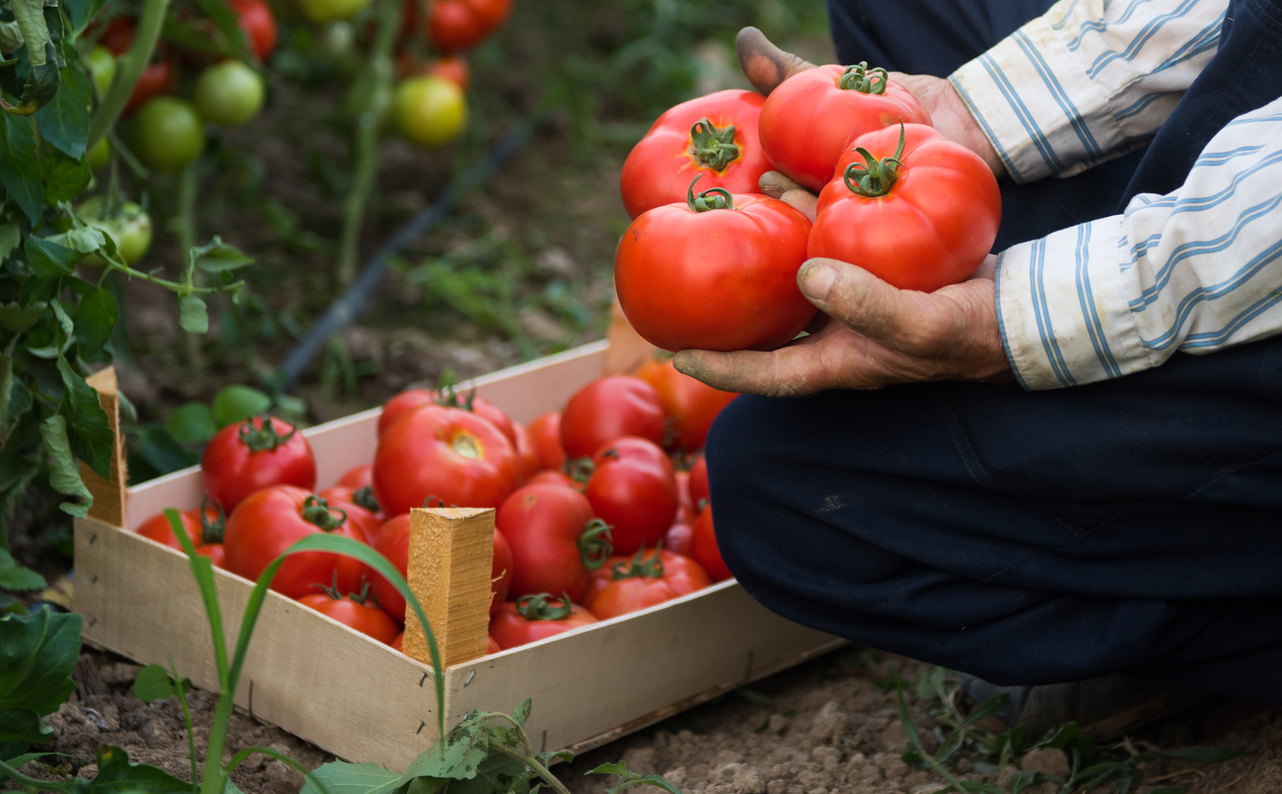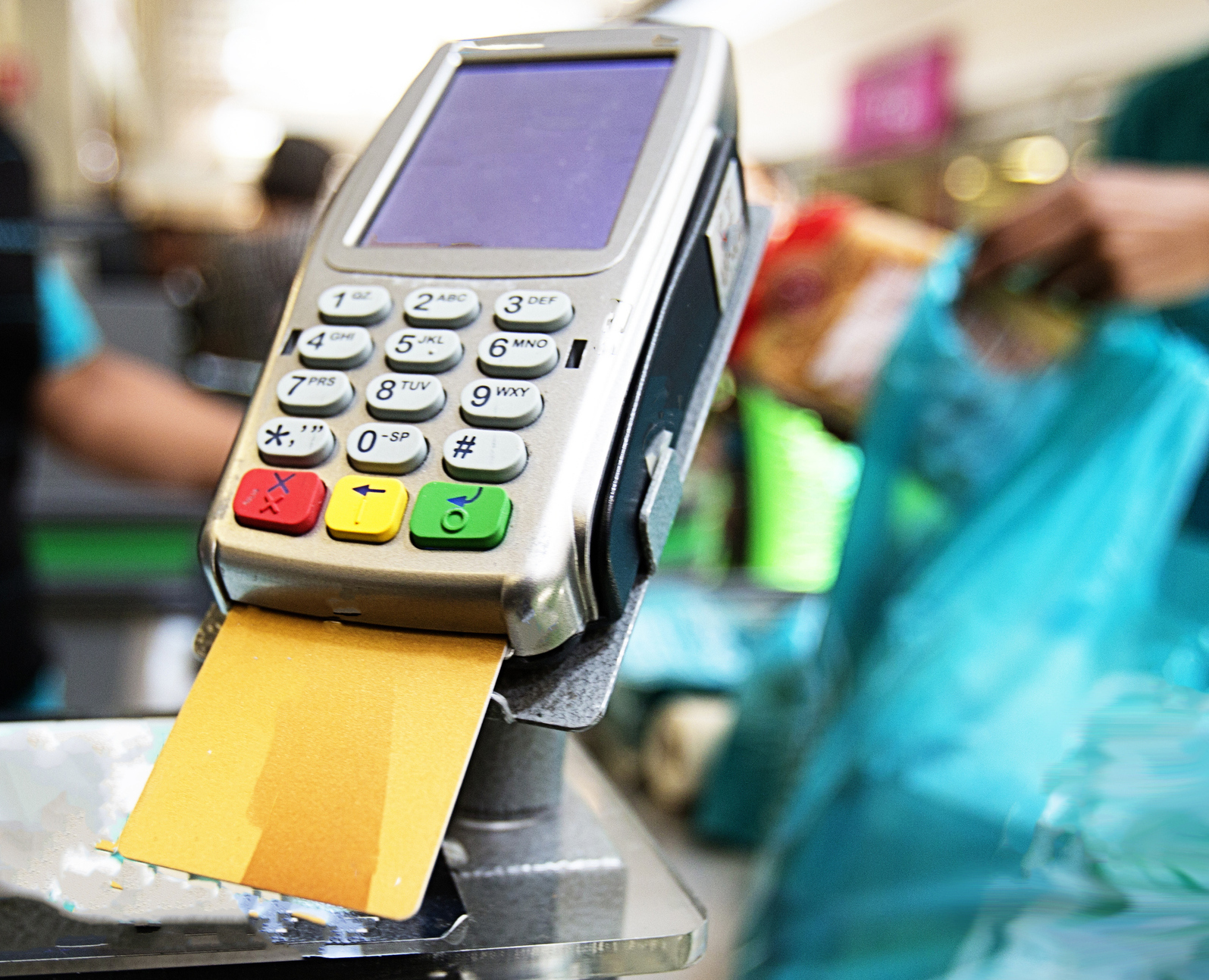Making it easy to generate enquiries
Published on 14th April 2023
So, you’ve got a great website; photographs professionally taken and uploaded, product descriptions on point, call-to-action buttons added and a checkout process that’s simple and easy to use. The only problem is you’re still not generating enquiries or selling anything.
The thing is, just having a website that looks and feels great, with buttons to encourage your visitors to buy, is just one part of the recipe. Like any good end product, there’s more than one ingredient needed.


In our Starved of Enquiries document, we’ve created our seven ‘recipe cards’ for website optimisation, setting out all the ingredients needed to help you generate more enquiries and orders.
Recipe cards for optimising your website and generating enquiries
Yes, it may take a bit of time and patience to create the ideal recipe, but you will get the perfect outcome. So, here are our seven recipe cards to guide you.

By saying "cater for everyone", we mean mobile is everything. So much of your website traffic comes from mobile devices. Indeed, mobile phones were used for 70% of online visits to retail websites in 2022.
Ingredients
- Compatibility
- Consistency
- Intuitive navigation
- White space
- Fluid image use

To make your recipe:
STEP 1:
Gather all your ingredients together and blend them with a responsive website that offers your site visitors the same experience, no matter what device or browser they are using.
STEP 2:
Add website navigation to the mix, keeping the website accessible and intuitive by taking out any elements that could cause confusion.
STEP 3:
Bake with the right balance of white space and optimised imagery in your website design.

If your website takes over three seconds to load, Google says that 53% of your visitors will go elsewhere. There are a variety of elements that can slow down your website loading time, so here are your ingredients to making it quick to load:

Ingredients
- Page load speed
- Reduce source code
- Properly sized images
- Content Delivery Network (CDN)
To make your recipe:
STEP 1:
Run a performance report and compare it against six of the most important Google metrics, particularly page load speed.
STEP 2:
Remove unused CSS and JavaScript and reduce plugins for faster load times.
STEP 3:
Ensure all images are correctly sized, efficiently encoded and in next-gen formats, where possible. A Content Delivery Network (CDN) will give you the best results. All it'seeze customers already benefit from being on a CDN for rapid site delivery.

SEO is one of the most essential elements in making sure your website is seen and can be found. The aim is to be on page one of search engine results to drive traffic to your website. You will need the following ingredients:
Ingredients
- Keywords
- Copy and content
- Page headings
- Page titles
- Metadata

To make your recipe:
STEP 1:
Handpick your keywords and phrases that are relevant to your business, as niche as possible and likely to appear in search results.
STEP 2:
Sprinkle your keywords and phrases throughout your website copy, headings and alt text to help search engines find and display your pages. But remember to keep it natural!
STEP 3:

Most of your online traffic will likely come from your local area. So, make sure you think and act locally by optimising local SEO.

Ingredients
- Google Business Profile
- Optimisation
- Updates
- Respond to reviews
To make your recipe:
STEP 1:
Fully optimise your free Google Business Profile listing by filling out every section you can - write engaging descriptions, add business hours and contact details, and upload high-resolution images and accurate business categories to boost your search credibility.
STEP 2:
Ensure your business information is displayed in local searches and encourage customers to leave online reviews.
STEP 3:
Always respond to your reviews, good or bad, to boost your star rating, trustworthiness, and search results.

Fresh content added to your website regularly gives search engines something new that’s relevant to search queries and boosts your ranking.
Ingredients
- Blogging
- Infographics
- Video
- AR and VR
- Engagement

To make your recipe:
STEP 1:
Use regularly posted blogs to add fresh content to your website, such as articles, interviews, industry news, company updates, product features and more.
STEP 2:
Use infographics, videos, artificial reality and virtual reality, and other similar mediums to engage with your target audience.
STEP 3:
Make sure all your new, fresh content is of high quality to generate a positive impact and enquiries.

This is where your call to action (CTA) buttons come in to guide visitors and encourage them to interact with your website.

Ingredients
- Add to cart
- Get a free quote
- See it in action
- Sign up today
- Take the tour
- Talk to an expert
- Watch our tutorial
To make your recipe:
STEP 1:
First, use heatmap tools to measure visitor activity and understand click patterns. This identifies activity on your CTAs and tells you if you need to place them somewhere else on your website or if the links aren’t clear.
STEP 2:
Make sure you’ve added first-person action verbs and power words to your CTAs to create urgency and momentum, like Now, Visit, Learn, Buy, Try and Shop.
STEP 3:
Experiment with CTA button shapes, colours, combinations and sizes. They’ve got to be clear, easy to understand, positioned logically and generate click-throughs.

Do you know what your competitors are doing to promote themselves online? Probably not, but I bet you they’re looking at you! So, competitor research is crucial.
Ingredients
- Local competition
- National competition
- Indirect competitors
- Future competitors
- Replacement competitors

To make your recipe:
STEP 1:
Use social media to research your competitors, including the platforms they use, their posts and associated reactions, and see how you can adapt your social media activity in a similar way.
STEP 2:
Check out their directory listings, the information they add, and their content, and read their reviews to see what their customers say about them.
STEP 3:
Gather all this information about your competitors and work out how you can adapt your digital marketing efforts – without copying them, of course – and learn from their practices, good and bad!

The one thing to remember is to keep repeating these recipes. There are always new ingredients to find, tweaked methods adapted to your tastes, and re-designs to create a better result.
Our network of it’seeze website consultants throughout the UK and Ireland are on hand to help businesses of all shapes and sizes find their perfect website recipes. We help you ensure that your fully optimised website is effective, visual online and can generate enquiries and sales. Need more ingredients or wish to discuss our recipes in more detail? Get in touch with us today.
Share this post:



